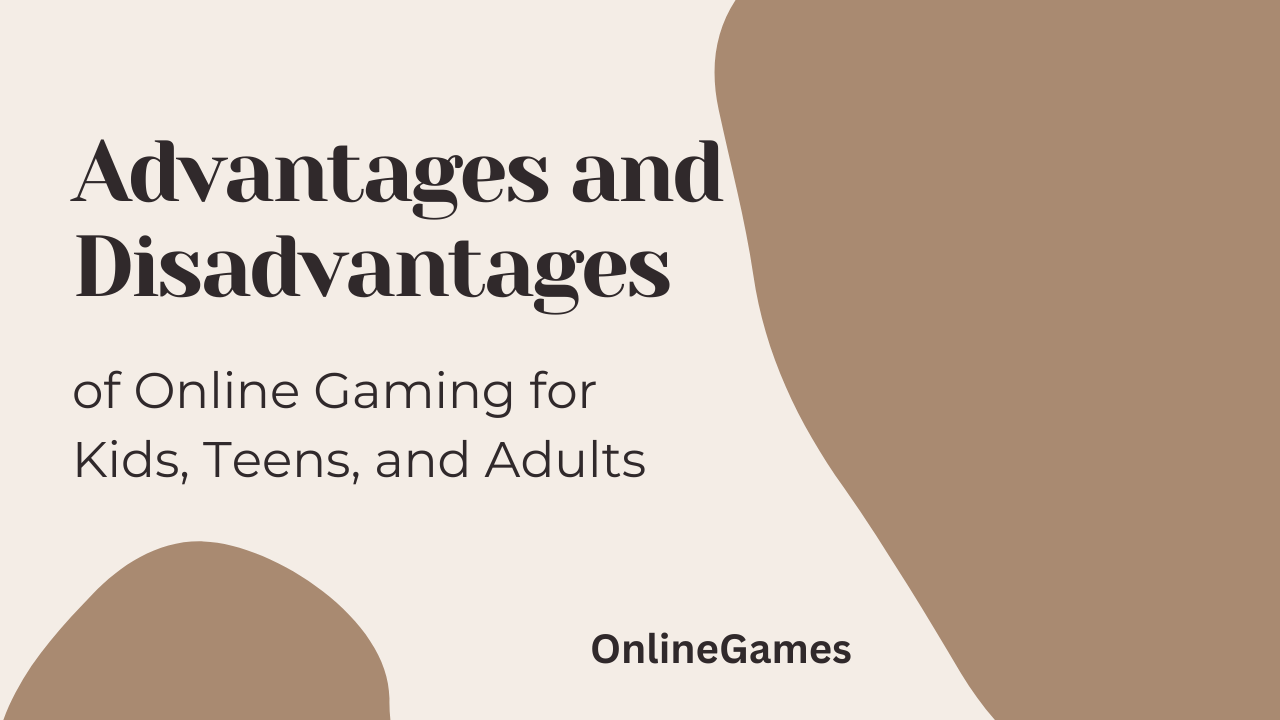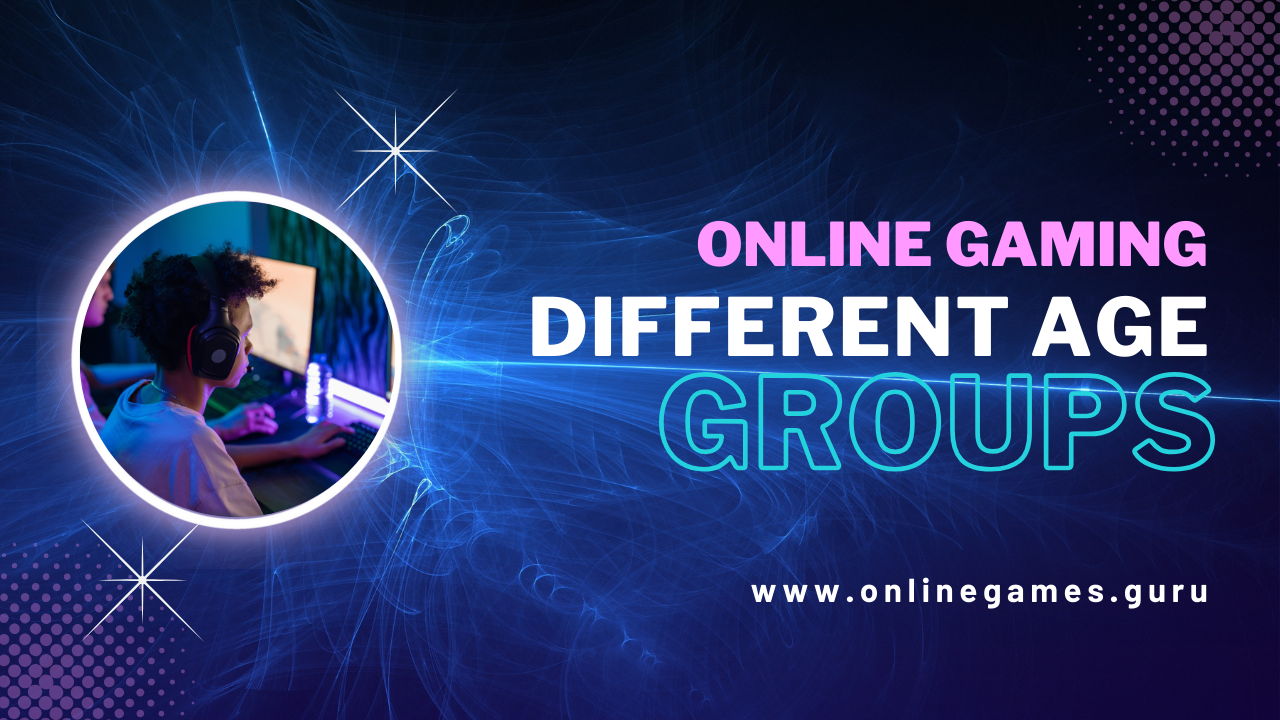In the digital age, the debate between subscription and free-to-play models for accessing content and services has become increasingly relevant. Each model presents unique advantages and considerations, catering to different user preferences and business strategies. In this comprehensive guide, we delve into the nuances of both models to help you make an informed decision.
Understanding Subscription Models
Subscription models offer users access to content or services for a recurring fee, typically on a monthly or annual basis. This model is prevalent across various industries, including media streaming, software services, and online learning platforms.
Benefits of Subscription Models
- Consistent Revenue Stream: For businesses, subscriptions provide predictable revenue, aiding in financial planning and growth.
- Premium Content Access: Subscribers often enjoy exclusive content, early releases, or premium features not available to free users.
- Enhanced User Engagement: The commitment involved in a subscription often leads to higher engagement levels, fostering a loyal customer base.
Considerations for Subscriptions
- Cost Perception: Users may hesitate if the perceived value does not justify the subscription cost.
- Churn Rate: Managing subscriber retention is crucial; offering ongoing value is key to reducing churn.
- Market Saturation: In competitive markets, differentiation through unique offerings becomes essential to attract and retain subscribers.
Exploring Free-to-Play Models
Contrary to subscriptions, free-to-play models allow users access to basic services or content at no cost, with optional paid upgrades or microtransactions for enhanced features or virtual goods.
Advantages of Free-to-Play Models
- Lower Barrier to Entry: Users can try the product or service without financial commitment, encouraging a larger user base.
- Monetization Flexibility: Revenue is generated through ads, in-game purchases, or freemium upgrades, appealing to a broader audience.
- Virality and Network Effects: Free offerings can spread rapidly through social sharing and referrals, driving user acquisition.
Considerations for Free-to-Play
- Monetization Strategy: Balancing user experience with revenue generation is critical; intrusive ads or overpriced upgrades can deter users.
- Long-term Viability: Ensuring sustainability without alienating free users while enticing paid conversions is a delicate balance.
- Quality Perception: Free offerings may be perceived as lower quality; maintaining a positive user experience is essential to retaining and converting users.
Choosing the Right Model: Factors to Consider
Audience Demographics
- Target Market: Understanding your audience’s willingness to pay and preferred engagement model is fundamental.
- Behavioural Insights: Analyzing user behaviour and feedback can illuminate which model aligns best with user expectations.
Business Goals
- Revenue Objectives: Determine whether a steady, predictable income stream or rapid user acquisition and monetization flexibility aligns with your business goals.
- Market Positioning: Differentiation through pricing strategy and value proposition is crucial in competitive landscapes.
User Experience
- Accessibility: Balance between accessibility and premium offerings to cater to both free and paying users effectively.
- Retention Strategies: Implementing strategies to enhance user retention through continuous value delivery and personalized experiences.
Both subscription and free-to-play models offer distinct advantages and challenges depending on your business objectives, target audience, and market dynamics. Whether you opt for the steady revenue of subscriptions or the expansive reach of free-to-play, understanding your audience and delivering consistent value is paramount.










